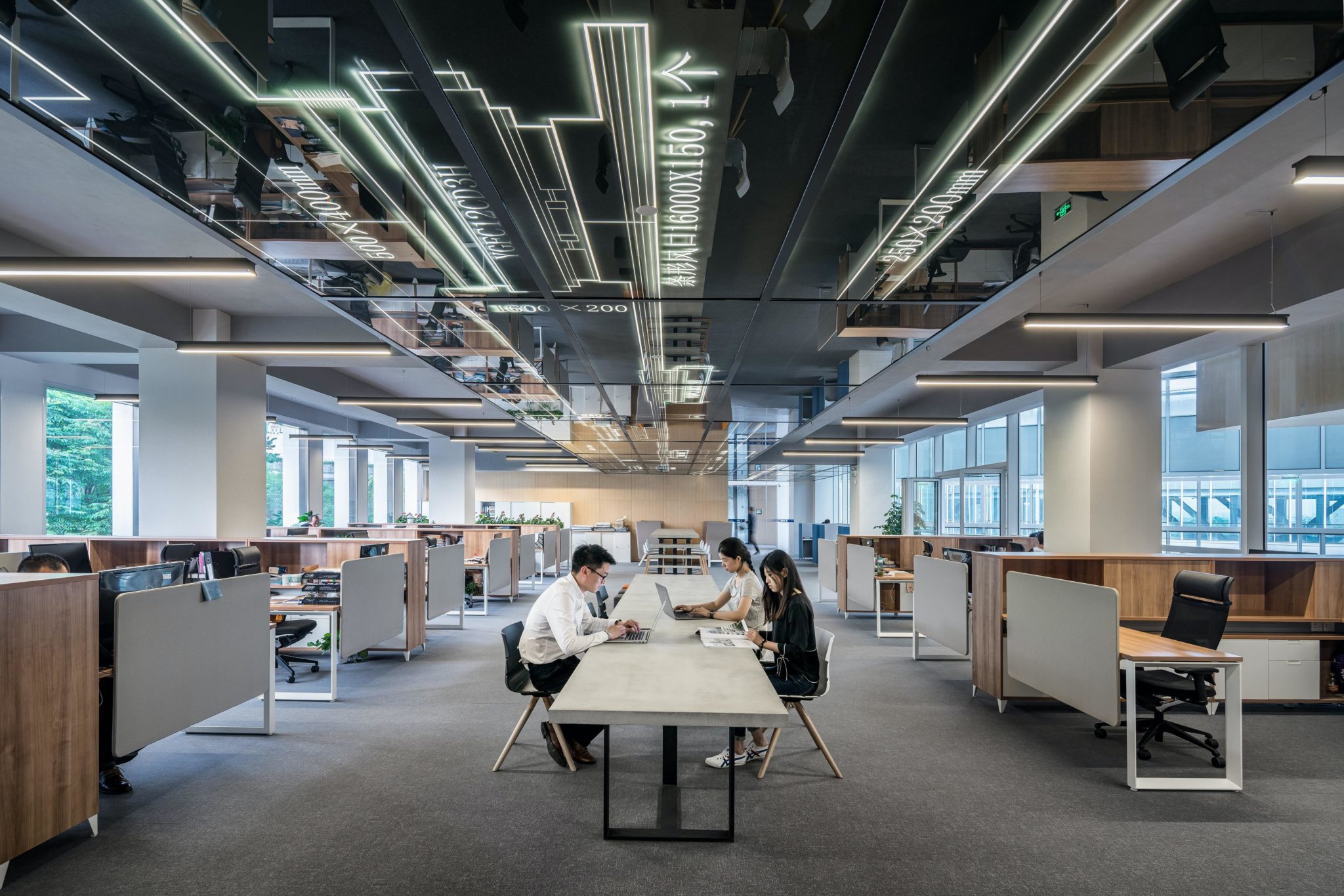Retrofitting 101: How landlords can save money and attract tenants
Posted:
1 / 11 / 2023
Tagged:

There is no doubt that landlords have a long list of priorities when it comes to balancing the value and longevity of their buildings. Staying competitive to attract top-quality tenants, while also adapting to the pressures brought on by modern expectations of connectivity and sustainability, is often a seemingly never-ending task. Embracing retrofitting is one answer to this. But what exactly does it mean?
What is retrofitting?
Retrofitting involves making changes and improvements to an existing building to improve its performance, functionality, safety or accessibility, by installing new technologies. This enables buildings to be optimized for tenants without the need for new developments.
How does retrofitting save money?
One of the fundamental parts of any retrofit is the installation of technology which improves a building’s performance. This could include upgrading HVAC systems or adopting the use of renewable energy. However, the real value comes with the ability to display the results of these improvements to prospective investors, buyers and tenants. This is where a certification such as WiredScore can be used to demonstrate the positive impact a retrofit has had.
One way in which the impact of having a technology-enabled building is by reviewing the average rent. When retrofitting older buildings, landlords can expect to charge higher rents thanks to the benefits on offer to tenants. This was explored in a study by Moody’s on WiredScore certified buildings in North America. They discovered that Class B and C buildings that can prove they have a high standard of digital connectivity experience an average rent premium of 28.7%. These buildings are able to reach this standard by implementing new technology into the existing structure to ensure it is future-ready.
Another sizable impact of retrofitting is how it helps landlords save on energy costs. From installing energy-saving light bulbs to implementing a cutting-edge heating management system, increasing a building’s efficiency reduces monthly utility bills. Landlords and building management teams are also able to monitor a building’s status in real time. This allows for future costs to be more accurately predicted and the impact of unpredictable events or problems to be reduced. Taking these steps also increases a building’s energy rating, thus raising the value of the property. Extra bonus? This can be addressed right from the start when you display your property’s energy rating.
How does retrofitting attract tenants?
In this way, one of the biggest draws for tenants is the same thing that saves landlords money: a reduction in energy costs. Energy Performance Certificates (EPCs) are mandatory when selling or letting a building. By retrofitting a building, landlords can display an EPC which clearly demonstrates high performance levels. This is likely to influence the decision of a potential tenant who will be more attracted to an efficient, higher performing space.
Landlords should also remember that tenants who are looking for a new building space have modern expectations. Occupiers need to know that the existing infrastructure supports the global trend towards technology-first living. A building which is proven to be digitally connected with a WiredScore certification can expect vacancy rates that are, on average, 3.8% lower than its peers (Moody’s, 2022). Retrofitting gives landlords the opportunity to bring existing developments up to the standards occupiers expect. Simultaneously, they are able to retain existing occupiers – ensuring stable vacancy rates – with the chance to attract new occupier groups.
Retrofitting in practice
So, retrofitting has many benefits on paper but how does this translate into the real world? Many commercial and residential spaces have undertaken retrofits and have seen a variety of benefits. Some examples of these are explored by King and Perry in their 2017 paper, ‘Smart Buildings: Using Smart Technology to Save Energy in Existing Buildings’.
For instance, Adobe changed their headquarters into an open-office layout with sections known as ‘neighborhoods’. These areas could be controlled independently of each other depending on the activity levels of occupiers. By simply installing technology that shut down HVAC and lighting systems after 15 minutes of inactivity, Adobe managed to reduce their energy consumption by 65%.
Similarly, the Time Warner Center in New York underwent a thorough retrofit of its lighting systems. This included installing wireless sensors, dimming capabilities and a web-based control system. These measures reduced the energy consumption of lighting fixtures by 56% and had a three-year ROI.
As mentioned above, a retrofit can open the doors to improved monitoring of different systems. A common and effective choice is to install an energy management and information system. This is what the Bank of America arranged to centralize the monitoring and managing of its smaller facilities. By implementing energy control systems across a network of buildings, technicians were able to adjust lighting and HVAC systems remotely. When scaled up to include the Bank of America’s more than 3,000 branches, this change led to tens of millions of kWh savings.
What’s next for retrofitting?
Reports such as the one conducted by Moody’s prove that technology-enabled buildings are in demand and stand to offer considerable benefits to landlords and tenants alike. It is crucial for building owners to keep up with the occupiers’ ‘flight to quality’ the commercial real estate sector is experiencing, with retrofitting presenting an effective solution.